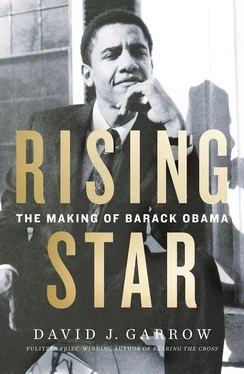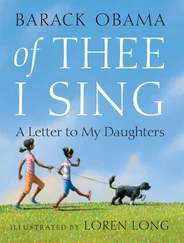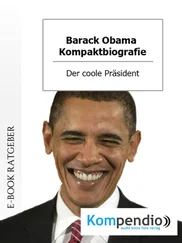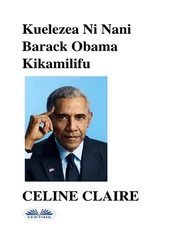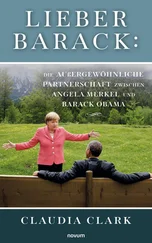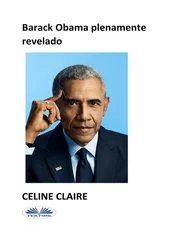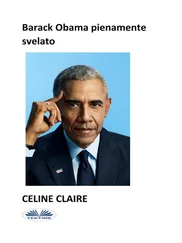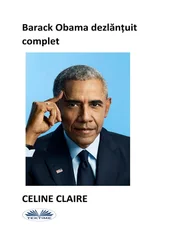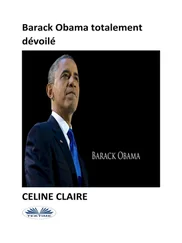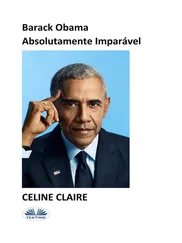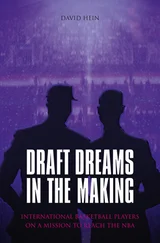“He was an intimidating character,” the son told a subsequent interviewer. “He had this big, deep, booming voice and always felt like he was right about everything.” All told, it “was a very powerful moment for me,” but he also confessed later that his father’s visit was deeply unsettling. “If you’ve got this person who suddenly shows up and says, ‘I’m your father, and I’m going to tell you what to do,’ and you don’t have any sense of who this person is, and you don’t necessarily have a deep bond of trust with him, I don’t think your reaction is, ‘How do I get him to stay?’ I think the reaction may be ‘What’s this guy doing here and who does he think he is?’ ”
One day during the first two weeks, Ann told her son that Mabel Hefty had invited his father to speak to her and Pal Eldredge’s fifth-grade classes about Kenya. That news made Barry nervous, but Obama Sr. carried off the appearance in fine form, and Barry was enormously relieved. Years later, Eldredge could still picture the scene: “He seemed to be real proud, right at his side, kind of holding on to his dad’s arm.” Barry’s classmate Dean Ando recalled it similarly: “All I remember is Barry was just so happy that day it was incredible … the dad and Barry had the same smile.” Young Obama remembered Eldredge telling him, “You’ve got a pretty impressive father,” and a classmate saying, “Your dad is pretty cool.”
A few days after Obama’s appearance at Punahou, he took his son to a Honolulu Symphony concert featuring the famous jazz pianist Dave Brubeck, who was joined by his sixteen- and nineteen-year-old sons, Daniel and Christopher, on bass and drums. It was a grand event. The Honolulu Chorale joined the symphony and the family trio to perform Brubeck’s new oratorio, The Light in the Wilderness. Hawaii’s junior U.S. senator, Daniel K. Inouye, served as narrator for the piece.
For Christmas, Obama gave Barry his first basketball. But the end of the month was fast approaching. Obama failed to look up his old Honolulu friends Neil Abercrombie and Andy “Pake” Zane, and when he was with his son, “he never pushed me to speak,” Barry later recounted. “It was only during the course of that month—by the end of that month—that I think I started to open myself up to understanding who he was. But then he was gone, and I never saw him again.” 27
Right after New Year’s, Ann applied for a new U.S. passport in order to “return home” to Jakarta on January 14, 1972. She listed her stay there as “indefinite,” but within a month she made the first of three requests that spring 1972 for UDub to send copies of her old 1961–62 transcript to University of Hawaii’s graduate school. In Honolulu, Barry immediately started putting his favorite Christmas present to good use, playing basketball with his good friend Mark Hebing, among others, sometimes at several courts on King Street only a block or so south of his grandparents’ apartment building.
His math and science teacher, Pal Eldredge, would remember fifth-grade Barry as “a happy kid. He had a good sense of humor and was smiling all the time,” as virtually every photo of young Obama from that time confirms. “He was a rascal too—he had a little spunk to him,” Eldredge adds, but “he was always smiling” and was “a good student—he related well with everybody.” Obama Sr.’s old buddy Neil Abercrombie, now at work on a Ph.D. dissertation and holding down a variety of odd jobs, would run into Stan Dunham and Stan’s grandson several times that spring. “When I would see them, Stanley would offer how bright Barry was and how well he was doing in school. He had ambitions for little Barry,” Abercrombie remembered. “It was obvious to everybody and certainly must have been obvious to little Barry that his grandfather not only loved him but, more importantly, liked him and liked having him around and liked him as a pal.”
By September 1972, when Barry began sixth grade, Ann and now-two-year-old Maya had returned to Honolulu from Jakarta so that Ann could begin graduate study in anthropology that fall at UH, thanks to a grant from the Asia Foundation. Ann and both of her children lived in apartment #3 at 1839 Poki Street, only one short block west of Punahou. A classmate who sat beside Barry remembered a “chubby-cheeked boy” who was “articulate, bright, funny, and kind.” Sixth-grade coursework added “oceanography, electricity and atomic structure” to the science class and also introduced students to “the use and abuse of drugs.” In addition, one week at Camp Timberline gave the class an opportunity to try archery and horseback riding; four decades later homeroom teacher Betty Morioka still had a photograph showing a pensive Barry in an oversized gray T-shirt, a rare instance of a picture in which he was not smiling broadly. Young Obama’s clearest memory was of a Jewish camp counselor who described the time he had spent in Israel.
Not long after the end of that sixth-grade year, Ann, Madelyn, Barry, and Maya set off on a long tour of the American West. They first flew to Seattle—Ann’s first time back there, or anywhere else on the mainland, since her return to Hawaii eleven years earlier—and then headed south down the West Coast. From Disneyland, in Southern California, they headed east to the Grand Canyon, then to Kansas City, where Madelyn’s sister Arlene was teaching at the University of Missouri. From there it was north to Chicago, then back westward to Yellowstone National Park and San Francisco before returning to Honolulu. Ann told a friend the trek was “pretty exhausting” since “we traveled by bus most of the way.” Her son remembered chasing bison at Yellowstone, but also the “shrunken heads—real shrunken heads” at Chicago’s Field Museum. “That was actually the highlight. That was almost as good as Disneyland.”
As summer ended, Ann wrote to an old friend in Seattle to say that “I do hope to spend most of my time for the next few years in the islands, since my son Barry is doing very well in school here, and I hate to take him abroad again till he graduates, which won’t be for another 6 years.” In seventh grade Barry began foreign language (French) instruction, and his other classes would also now be taught by departmental specialists. Barry’s homeroom was in 102 Bishop Hall with Joyce Kang; a yearbook photo of the group labeled “Mixed Races of America” declared, “Whether you’re a [Sarah] Tmora, a [Pam] Ching, or an Obama, we share the same world.” A girl who had pre-algebra and other seventh- and eighth-grade classes with Barry remembered him as “boisterously funny and a big, good-hearted tease” who had “a variety of friends and activities,” one of which was now tennis. Throughout these years, Barry spent a good deal of time at Punahou’s tennis courts, and one classmate, Kristen B. Caldwell, later wrote and spoke about one incident that remained painfully clear in her memory.
A chart of who would play whom in some tournament had just been posted by Tom Mauch, Punahou’s tennis pro. Mauch, then in his early forties, had come to Punahou in 1967 from Northern California’s East Bay. Barry and other students were running their fingers along the chart when Mauch told him, “Don’t touch that, you’ll get it dirty!” In Caldwell’s memory, “he singled him out, and the implication was absolutely clear: Barry’s hands weren’t grubby; the message was that his darker skin would somehow soil” the diagram. “I could tell it upset Barry,” she recalled, but “he said, ‘What do you mean by that?’ with just a perfect amount of iciness to get his point across.” Mauch fumbled for a response. “Nothing—I was making a joke.”
Only once, in 1995, would Obama himself expressly refer to the incident with the tennis pro. In subsequent years, aside from one unspecific allusion, Obama never mentioned the exchange to any interviewers. Contacted forty years later and asked for the very first time if he remembered Obama, Tom Mauch refused to talk about his years at Punahou.
Читать дальше
